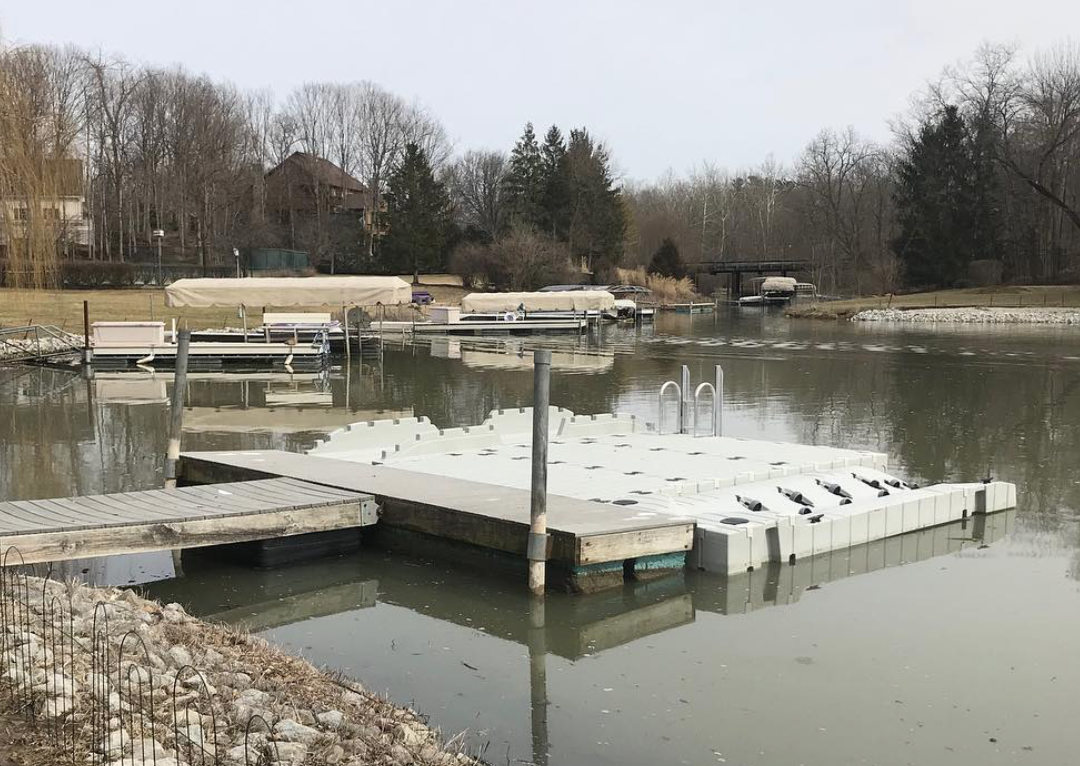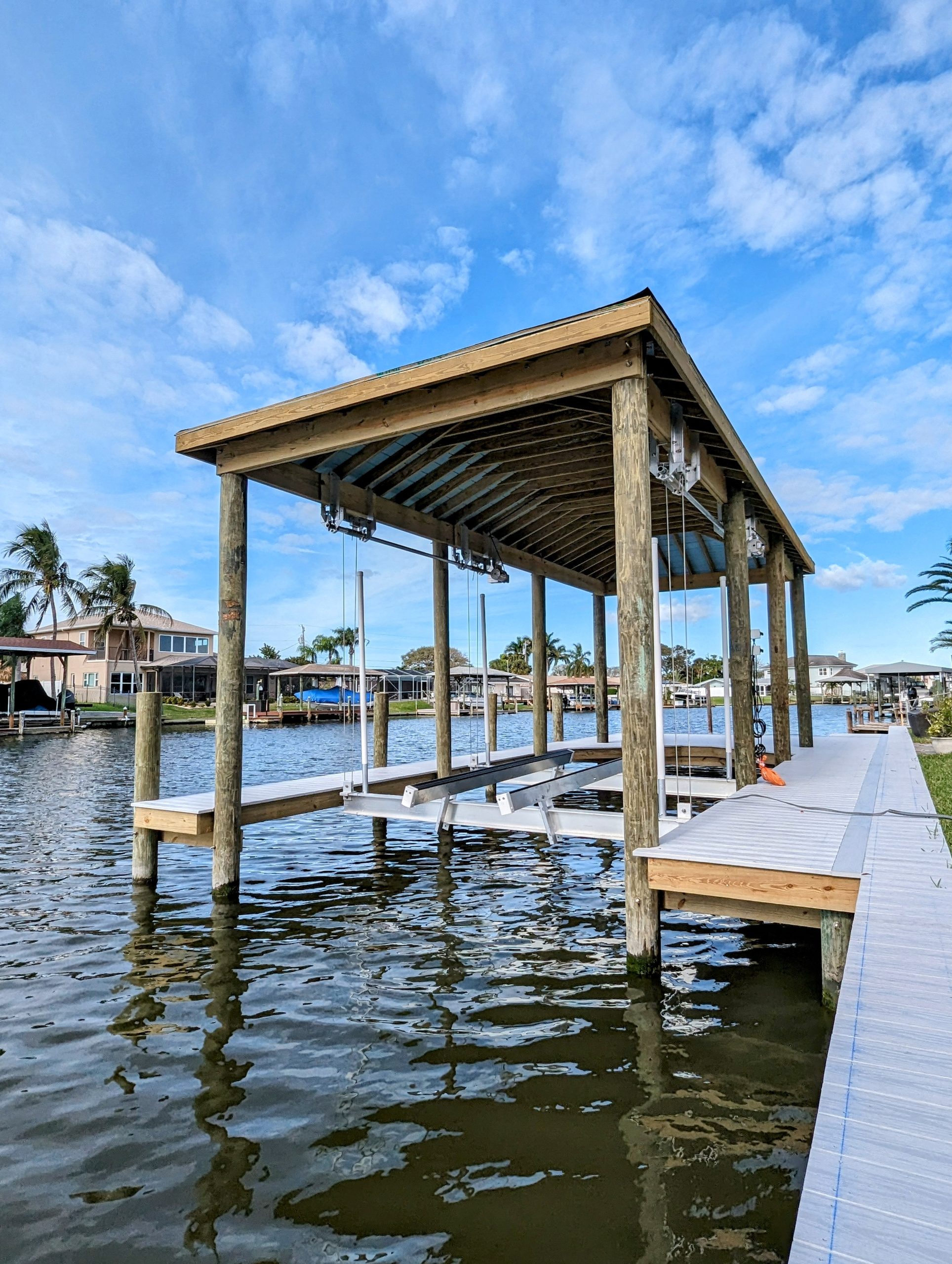Why Routine Upkeep Can Lower Future Dock Repairs
Why Routine Upkeep Can Lower Future Dock Repairs
Blog Article
Effective Dock Repair Service Techniques: Making Sure Structural Stability
Guaranteeing the architectural honesty of docks through reliable repair methods is paramount for the durability and safety and security of marine centers. Ultimately, selecting the right repair service products, such as corrosion-resistant alloys and composite materials, is essential for durability.
Evaluating Dock Damages
Evaluating dock damage is an important first step in guaranteeing the structural integrity and safety of any docking facility. Key aspects to examine include the dock's foundation, pilings, outdoor decking, and equipment (Dock Repairs).
Architectural designers or qualified examiners normally do these analyses making use of specialized devices and strategies. Underwater examinations may utilize sonar equipment or from another location ran automobiles (ROVs) to find immersed damage. Above water, aesthetic assessments are matched by using dampness meters and various other diagnostic devices to discover underlying issues not immediately noticeable to the naked eye.

Picking Repair Service Products
Picking the appropriate repair work products is an essential action in the dock remediation process, one that straight affects the long life and performance of the repaired structure. Material selection need to be driven by aspects such as ecological conditions, load-bearing demands, and compatibility with existing dock elements. As an example, timber is a traditional choice for docks due to its all-natural resilience and visual charm. Nonetheless, choosing the ideal kind of timber, such as pressure-treated lumber or normally rot-resistant varieties like cedar or teak wood, is critical to hold up against water atmospheres.
Along with timber, composite materials are increasingly preferred as a result of their resilience and reduced upkeep requirements. Compounds, generally made from a mix of plastic and wood fibers, offer exceptional resistance to rot, insects, and UV damages. For steel anchors, selecting corrosion-resistant alloys such as galvanized steel or marine-grade light weight aluminum is crucial to avoid corrosion and guarantee architectural integrity in saline water problems.
Epoxy materials and marine-grade sealants are crucial for repairing fractures and securing joints, providing a water resistant obstacle and boosting the dock's overall toughness. By meticulously selecting top notch products, dock repairs can accomplish resilient outcomes, therefore safeguarding against future degradation and guaranteeing risk-free, trusted use.
Structural Reinforcement Methods
Effective architectural support methods are important in making sure the stability and longevity of dock repair work. This technique is especially effective for anchors exposed to hefty lots or severe environmental problems.
One more essential strategy is the application of fiber-reinforced polymers (FRP) These products provide high strength-to-weight ratios and superb resistance to deterioration, making them optimal for strengthening wooden or concrete anchors. FRP can be used in sheets or strips and adhered with epoxy resins to boost architectural stability.
Bracing and securing systems likewise play a vital role in architectural support. Cross-bracing, using steel or wooden light beams, can combat side forces, lowering persuading and movement. Securing systems, such as helical piers or driven piles, give a stable structure by transferring lots to deeper, extra stable soil layers.
Last but not least, the combination of load-distribution plates can help distribute weight extra uniformly throughout the dock's surface, minimizing localized stress and anxiety points. These methods collectively make sure that anchors stay durable and safe, efficient in holding up against the rigors of their operational setting.
Advanced Repair Work Approaches

An additional innovative strategy entails underwater welding, which enables repairs to be conducted without the need to dewater the area. This approach is specifically useful for addressing architectural concerns in immersed dock parts, making certain marginal disturbance to procedures. Improved welding methods, coupled with robot systems, supply accuracy and reliability, thereby extending the life-span of the dock.
In addition, cathodic security systems are applied to avoid corrosion in metallic dock frameworks. By making use of sacrificial anodes or satisfied current systems, these methods successfully minimize the electrochemical procedures that bring about material wear and tear.
Lastly, progressed tracking technologies, such as architectural health and wellness monitoring (SHM) systems, give real-time data on the problem of dock structures. These systems make it possible for positive maintenance and prompt interventions, inevitably guaranteeing the long-term architectural integrity of the dock.
Maintenance and Avoidance
Upkeep and prevention are basic ideas that underpin the long life and security of dock frameworks. Regular examinations are critical, enabling early discovery of wear and tear, prospective weak points, and environmental influences. A proactive strategy, involving regular look for corrosion, rot, and architectural changes, reduces pricey repairs and extends the dock's functional life.
Precautionary actions ought to consist of applying protective coverings to steel parts to protect versus corrosion and using treated timber to resist decay. In addition, ensuring proper drain and air flow can protect against water accumulation, which is a typical reason of architectural degradation. Incorporating high quality products and sticking to producer standards throughout building and construction and repair phases also play important duties in boosting resilience.

Educating workers in dock maintenance best techniques makes certain constant application of safety nets. Leveraging technological advances, such as drones for examinations and sensing units for real-time tracking, can further boost upkeep efforts. By focusing on upkeep and prevention, dock proprietors can make sure structural honesty, operational safety, and cost-efficient monitoring over the dock's life expectancy.
Conclusion
Finally, preserving the structural stability of marine centers necessitates thorough dock repair service techniques. Complete evaluations making use of sophisticated devices uncover both visible and hid problems, while the choice of ideal repair work materials boosts sturdiness. Carrying out architectural reinforcement techniques addresses stress factors effectively. Advanced repair service strategies, coupled with routine upkeep practices, make sure the dock continues to be functional and safe find out here now under diverse ecological conditions. Taking on these techniques significantly prolongs the life expectancy and capability of marine facilities.
Making certain the structural integrity of docks through efficient repair work techniques is vital for the durability and security of aquatic facilities.Choosing the proper fixing materials is an essential step in the dock remediation process, one that directly influences the longevity and efficiency of the fixed framework.Efficient structural reinforcement techniques are crucial in guaranteeing the stability and longevity of dock repairs. By focusing on upkeep and prevention, dock owners can ensure architectural honesty, i loved this operational safety, and cost-effective monitoring over the dock's life-span.
In final thought, maintaining the structural honesty of aquatic facilities demands extensive dock repair techniques.
Report this page